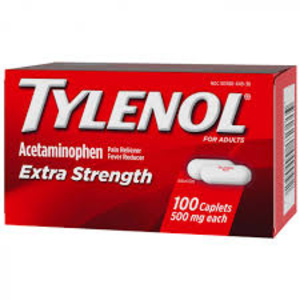Charles, MD, discusses how opioids work in the body, how they interact with the nervous system, and the feelings they can provide.
Given the opioid crisis that is happening in the United States and its impact on everyday civilians, it’s hard not to wonder how they work. Opioids manage to have such a strong effect on a person and their body. They essentially trick the body into not feeling pain—but how?
What They Are
Opioids are a type of drugs that are naturally found in the opioid poppy plant. Some of them are synthetic (manmade). A few well-known opioids include:
Hydrocodone
Oxycodone
Morphine
Codeine
Fentanyl
How Opioids Work in the Body
You have opioid receptors on the nerve cells of some of the most important parts of your body. This includes your brain, spinal cord, and digestive tract. When opioids enter your body, the receptors bond with them. This will then block pain signals, so even if your body hurts, you won’t feel it as much.
Opioids can also affect the reward center of the brain and provide a rush of dopamine. Dopamine is a neurotransmitter that provides a sense of pleasure of euphoria. A dopamine spike brings on a rush of relief and provides good feelings, which can aid in recovery.
People might continue to use opioids longer than prescribed due to both the pain relief and the dopamine spike. Unfortunately, the longer you use them, the more likely you are to develop a tolerance, a dependence, or an addiction.
Risks and Getting Help
It’s likely that your doctor will prescribe opioids for short-term relief. If used sparingly and as directed, they’re generally safe. However, if you continue to take opioids, you may increase your risk of developing an opioid use disorder.
If you have questions about how to use your opioids correctly, or if you feel like you might be misusing them, talk to your doctor. Understanding your prescription is the first step in taking opioids safely.
- Jonathan Avery, MDDr. Avery is the vice chair of Addiction Psychiatry at Weill Cornell Medicine and NewYork-Presbyterian Hospital.
References

If you or someone you know struggles with substance use, help is available. Call SAMHSA’s National Helpline at 1-800-662-4357 to learn about resources in your area.
Second, use lorem ipsum if you think the placeholder text will be too distracting. For specific projects, collaboration between copywriters and designers may be best, however, like Karen McGrane said, draft copy has a way of turning any meeting about layout decisions into a discussion about word choice. So don’t be afraid to use lorem ipsum to keep everyone focused.
One word of caution: make sure your client knows that lorem ipsum is filler text. You don’t want them wondering why you filled their website with a foreign language, and you certainly don’t want anyone prematurely publishing it.






